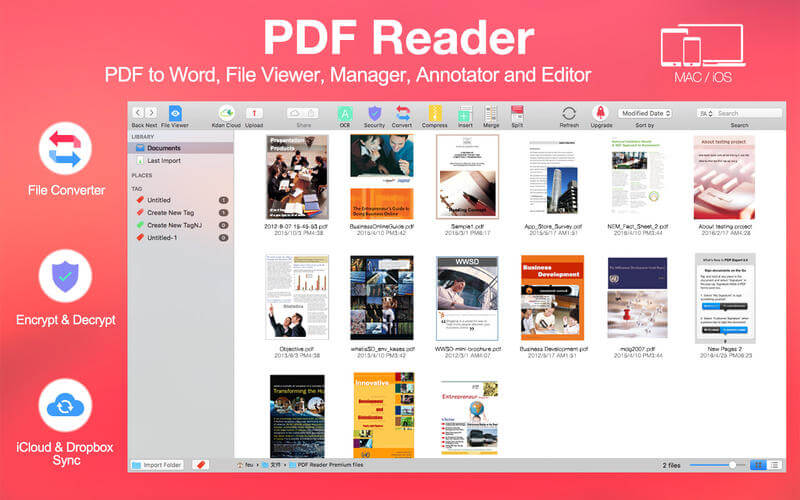

- #DECRYPT RANSOMWARE .ADOBE INSTALL#
- #DECRYPT RANSOMWARE .ADOBE ARCHIVE#
- #DECRYPT RANSOMWARE .ADOBE PC#
- #DECRYPT RANSOMWARE .ADOBE FREE#
- #DECRYPT RANSOMWARE .ADOBE WINDOWS#
#DECRYPT RANSOMWARE .ADOBE FREE#
In some cases, victims are able to decrypt their files without any payments, just using free solutions produced by several anti-malware vendors, or even with the decryption tool which is offered by ransomware creators. But there are two things which make difference between these ransomware – cryptography algorithm, which is used for file encryption, and ransom amount. These examples of ransomware act in a similar way: encrypting your files, adding a specific extension, and leaving a great number of ransom money notes in every folder. There are more ransomware of this type: 1btc, Buran, Dearcry.
#DECRYPT RANSOMWARE .ADOBE PC#
However, to ensure that there are no malicious programs in your system after the backup, you need to scan your PC with anti-malware software.Īdobe ransomware is not unique. But, at least you will be sure that there is no malware in your system. Of course, there is a chance that the backup you found is too old, and does not contain a lot of files you need. Search for available backups, and restore your system using it. In the majority of cases, there is a way to recover your files for free. And there are a lot of cases when ransomware distributors deceived their victims, sending the wrong key or even nothing. There is no guarantee that Adobe ransomware developers will send you the decryption tool and a proper decryption key. However, paying the ransom is a bad decision, too. But such a situation is in momentum: decryption tools are updating every month. And they are the single owners of this decryption program: Adobe ransomware is a completely new type, so there is no legit program from anti-malware vendors, which can decrypt your files. To ensure the user that ransomware distributors really have the decryption tool, they may offer to decrypt several encrypted files.
#DECRYPT RANSOMWARE .ADOBE ARCHIVE#
If circumstances force you to download something from peering networks – scan every downloaded folder or archive with antivirus software.

No one can control which files are packed in the seeding, so you can discover a huge pack of different malware after downloading. I am talking about peering networks, such as torrents or eMule. There is also the third way of ransomware injection, however, it becomes less and less popular day-to-day. Sometimes, trojan viruses can be masked as legit programs, and ransomware will be offered for download as an important update, or a big pack of extensions which are essential for proper program functioning.
#DECRYPT RANSOMWARE .ADOBE INSTALL#
In case of trojans presence, you will be offered to download and install ransomware on your PC under the guise of something legit, like a Chrome update, or update for the software you are storing on your computer. If you open this file – your system will get infected by Adobe. All such letters contain the attached file, which is used as a ransomware carrier. But all such messages are sent from unknown email addresses, not from familiar official emails of these companies. You may see a lot of messages on your email, stating that you need to pay different bills or to get your parcel from the local FedEx department. The only methods you have of restoring your files is from a backup, file recovery tools, or if your lucky from Shadow Volume Copies.However, nowadays there are only two ways of Adobe injection – email spam and trojans. Also any decryption tools that have been released by various companies will not work with this infection. Brute forcing the decryption key is not realistic due to the length of time required to break an RSA encryption key. Unfortunately at this time there is no way to retrieve the private key that can be used to decrypt your files without paying the ransom on the CryptoWall Decryption Service. Is it possible to decrypt files encrypted by CryptoWall? In most cases, once CryptoWall launches this document it will remove the infection files from your computer as they are no longer necessary. Now that your computer's data has been fully encrypted, it will display the DECRYPT_INSTRUCTION.TXT file that was created on your Desktop that contains information about what has happened to your data and instructions on paying the ransom. The DECRYPT_INSTRUCTION.TXT and DECRYPT_INSTRUCTION.HTML file contain information about what happened to your data and the DECRYPT_INSTRUCTION.URL is a browser shortcut to your assigned decryption page on the infection's decryption service.
#DECRYPT RANSOMWARE .ADOBE WINDOWS#
create the DECRYPT_INSTRUCTION.TXT, DECRYPT_INSTRUCTION.URL, and DECRYPT_INSTRUCTION.HTML files in each folder that files were encrypted and in the Windows desktop. When CryptoWall detects a supported data file it will encrypt it and then. Read this - CryptoWall and DECRYPT_INSTRUCTION Ransomware Information Guide and FAQ You can't recover the files once they've been encrypted, unless you had the foresight to back them up before the infection hit.


 0 kommentar(er)
0 kommentar(er)
